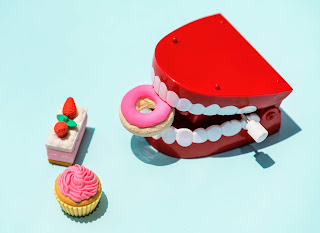Aesthetics is the main reason for orthodontic treatment
The usual orthodontic treatments have an average duration of between 8 and 12 months.
Orthodontic treatments are an increasingly popular option to make corrections in the placement of teeth for health and aesthetic reasons. Still, the truth is that the demand for these services for this second reason has increased in recent years.
Orthodontics is generally used to solve bite problems and accounts for 29% of the treatments required in dentistry. The orthodontist is the one who diagnoses the patient if he needs orthodontic treatment, what treatment he needs in each case, and if it must be accompanied by extraction of pieces or surgical intervention.
Orthodontic treatments have evolved and refined, with treatments such as invisible aligners.
They usually last between 8 and 12 months, in the event of crowding or malocclusions, and up to 3 years of severe corrections. The duration can also vary depending on factors such as the problem to be treated or age; being more appropriate to treat these problems in childhood, i.e., as long as there is growth, than in adulthood.
There are two types of orthodontic treatment, interceptive and corrective. The first is preventive treatments aimed at correcting bad habits that could interfere with the average growth of the face and jaws when the teeth are still developing.
The correctives, on the other hand, are indicated in patients with consolidated malocclusion problems and go through the placement of an appliance. There are three types:
- Functional orthodontics:
This type of appliance is usually used during mixed dentition. They are removable appliances designed to alter the muscles' position and influence the jaw's function and role. Changing work and muscle strength can produce dental changes.
- Removable orthodontics:
Are those correction appliances firmly attached to the gums but can be removed for cleaning. These appliances apply controlled force on specific areas you want to move through the use of springs, arches, screws, etc. They are indicated for crossbites, mild crowding, or precise tooth movements.
- Fixed orthodontics:
It is done with elements that adhere to the teeth (bands and brackets) that hold an arch responsible for fixing the displacements necessary to achieve the objective. To improve the effectiveness of the treatment, it can be accompanied by the placement of gums, intermaxillary elastics, or extraoral appliances. This correction is indicated for patients with dental malposition, rotated teeth, closure of spaces, correction of incisors, and multiple movements (in one or both arches).
Article of interest:

